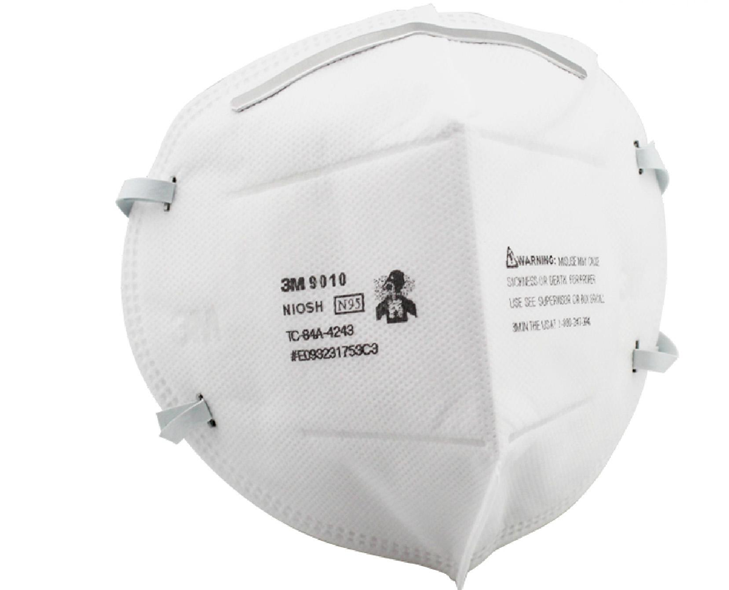

Recently, novel coronavirus pneumonia caused by WHO has been listed as a global epidemic, which has attracted worldwide attention. New pneumonia is a kind of respiratory disease. Wearing masks is an effective way to prevent coronavirus pneumonia. So, it is necessary for us to know some face mask certification standards in different regions.
1. China's requirements for face mask
Civil face mask standard GBT 32610-2016 and labor protection face mask standard gb2626-2006
a. GBT 32610-2016 divides face mask into four levels
According to the standard, the level of mask protection is divided into four grades from low to high: D, C, B, A, corresponding to different air quality conditions.
For example, class a corresponds to "serious pollution" and is used when PM2.5 concentration is 500 μ g / m3; class D corresponds to "moderate and low pollution" when PM2.5 concentration is less than 150 μ g / m3.
"Specification" has strict requirements for packaging, labeling, storage and transportation, including "product protection effectiveness" and "Executive Standard No.", etc
b. Gb2626-2006 according to the leakage rate of mask and the filtering efficiency of mask itself, masks are divided into three grades: 90 (Kn90, kp90), 95 (kn95, kp95), 100 (kn100, kp100). This standard is closer to international standards, such as EU standard en149, NIOSH certification of the United States, as 1716 of Australia, js-t-8151 of Japan
2. EU requirements for face mask
Products sold in the EU market must obtain CE certification. From 2019, the new regulation (EU) 2016 / 425 will be enforced. All face masks exported to the EU must obtain CE certification under the requirements of the new regulation. EU standards for common respiratory products are as follows:

BS EN 149: 2001 filtering half masks to protect against particles
BS EN 136: 1998 full face masks - class 1, 2, or3 full face masks - class 1, 2 or 3.
BS EN 140: 1999 half / quarter masks
BS EN 14387: 2006 gas filters & combined filters
BS EN 143: 2000 particle filters
3. US requirements for face mask
NIOSH classifies its certified particulate respirators into 9 categories according to Department of health and human services (HHS) Regulation 42 CFR Part 84. The specific certification is operated by npptl (National Personal Protective Technology Laboratory) under NIOSH.

According to the filter characteristics of the middle filter screen of the mask, it can be divided into the following three types:
Grade 100: the minimum filtration efficiency is 99.97%.
Grade 99: indicates that the minimum filtration efficiency is 99%.
Grade 95: indicates a minimum filtration efficiency of 95%.
According to the minimum filtering efficiency of the filter screen material, the mask can be divided into the following three grades:
N series: n stands for not resistant to oil, which can be used to protect non oily suspension particles.
P Series: P stands for oil proof, which can be used to protect non oil and oily suspended particles.
R Series: R stands for resistant to oil, which can be used to protect non oily and oily suspension particles.
N95 respirator is one of nine kinds of particle respirators certified by NIOSH (National Institute of occupational safety and health). "N" means the particles that are not suitable for oil (the oil smoke produced by cooking is the oil particles, while the droplets produced by people's talking or coughing are not oil particles); "95" means that under the detection conditions specified in NIOSH standard, the filtration efficiency reaches 95%. N95 is not a specific product name. As long as the product meets the N95 standard and passes the NIOSH review, it can be called "N95 face mask"
4. Australian requirements for face mask
As / NZS 1716:2012 is the respiratory protection device standard in Australia and New Zealand. Manufacturing processes and tests must be in accordance with this specification. This standard specifies the procedures and materials that must be used in the manufacturing process of particle respirators, as well as the determined test and performance results to ensure the safety of their use.
subscribe